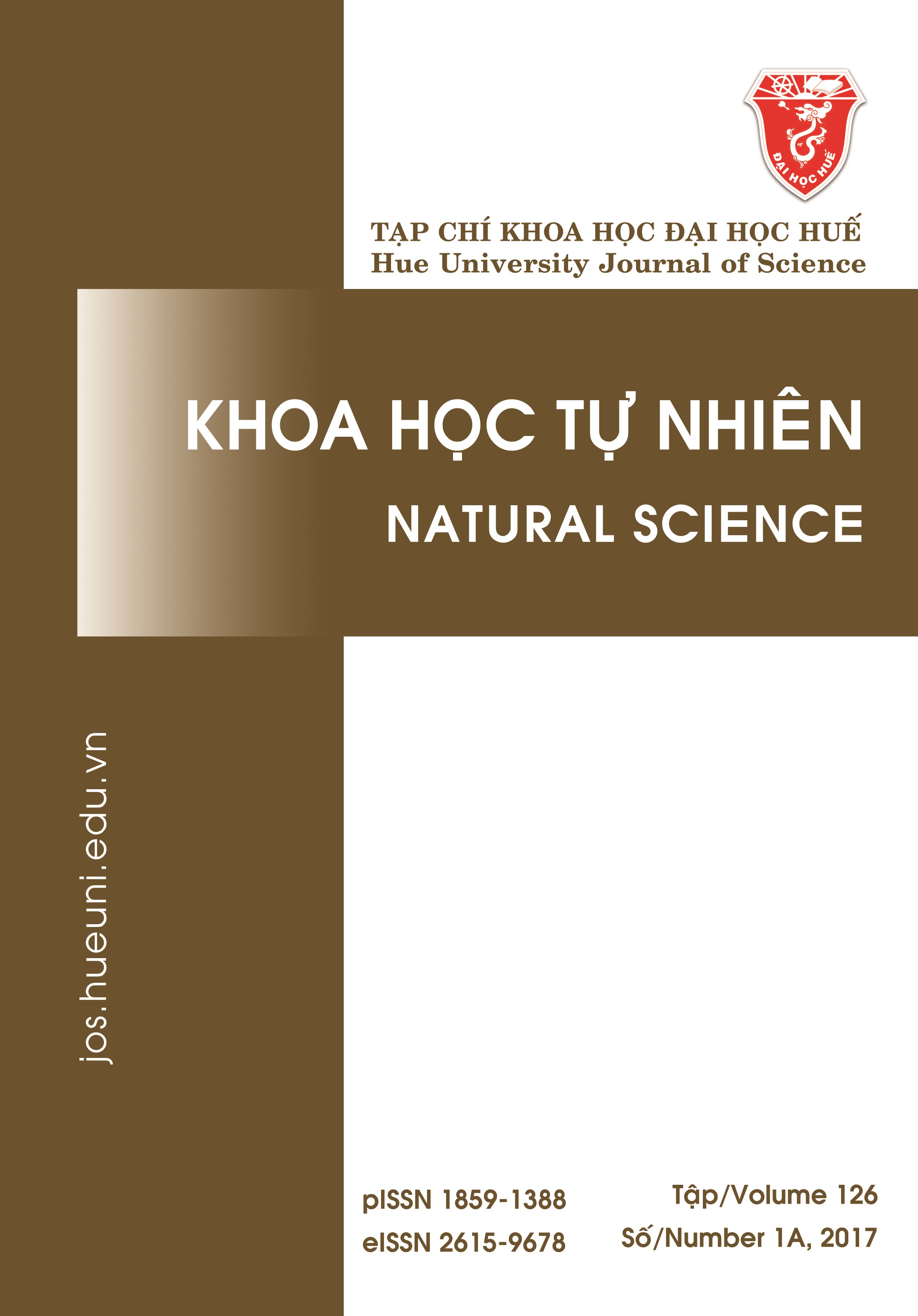Abstract
In this paper, we describe the dependence of the optical properties of proteins-bovine-serum- albumin (BSA)-coated gold nanoparticles with temperature using the soliton phase transition theory. Gold nanoparticles with a radius r coated by a protein with a layer thickness d make the effective radius R of the gold nanoparticles increase. When the temperature does not change, the particle radius increases slightly, and the absorption wavelength linearly depends on the particle radius. When the environment temperature around of sphere-complex system changes, the effective radius of the particle R depends on the temperature because the thickness of the protein layer varies. At the temperature of protein denaturation, the effective radius of the particle rapidly increases due to sudden stretching of the BSA protein, leading to redshift in the spectrum of the spherical-complex system. With this model, we have initially identified the form of the function expressing the absorption wavelength – temperature relationship of BSA protein-coated gold nanoparticles (the tan function) and it has a good agreement with the experimental data.

This work is licensed under a Creative Commons Attribution-ShareAlike 4.0 International License.
Copyright (c) 2017 Array




